#Mary Moser
Text

A Vase of Flowers, Mary Moser, between 1792 and 1797
#art#art history#Mary Moser#female artists#still life#floral painting#flowers#British art#English art#18th century art#oil on canvas#Royal Collection
220 notes
·
View notes
Text

Mary Moser (British, 1744-1819) • Vase of Flowers • Unknown date
#art#painting#still life#fine art#art history#mary moser#woman artist#still life painter#woman painter#british artist#floral still life#still life flowers#oil painting#art & beauty#art of the still life blog#art blogs on tumblr#art appreciation
53 notes
·
View notes
Text
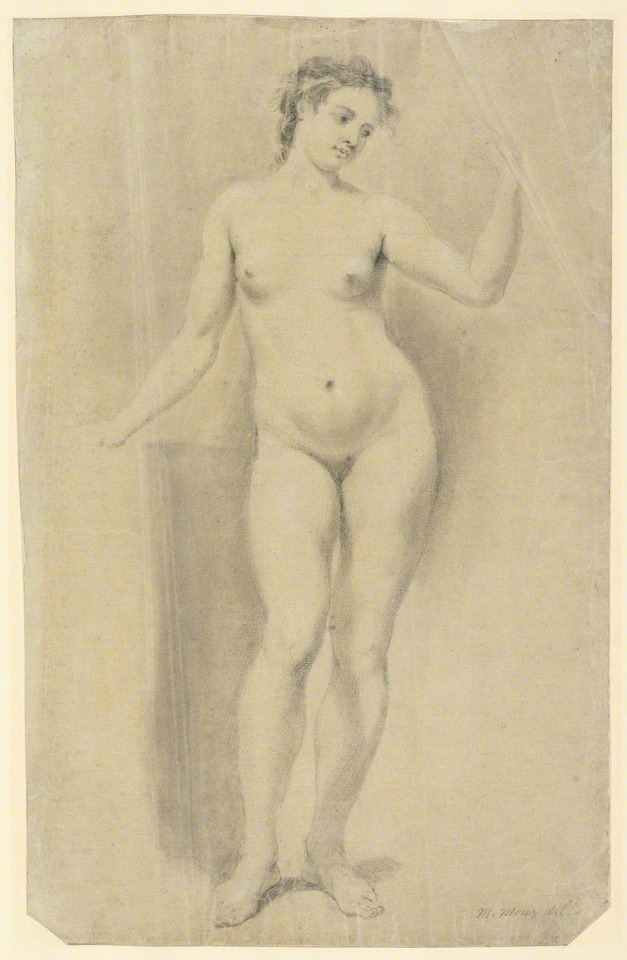
Mary Moser (British, 1744–1819) Standing Female Nude • Unknown date • Black & white chalk on grey-green paper • Fitzwilliam Museum, Cambridge, UK
#art#drawing#fine art#art history#mary moser#18th century british art#art appreciation#art nude#woman artist#british artist#art lover#art blog#pagan sphinx art blog#women in art
12 notes
·
View notes
Text

Mary Moser (British 1744-1819), Standing Female Nude, Drawing, black and white chalk on grey-green paper, H 49 x W 30.2 cm. (Source: The Fitzwilliam Museum, Cambridge, England)
#art#artwork#standing female nude#human figure#female figure#female nude#nude female#British art#early British art#Mary Moser#British artist#The Fitzwilliam Museum
4 notes
·
View notes
Photo


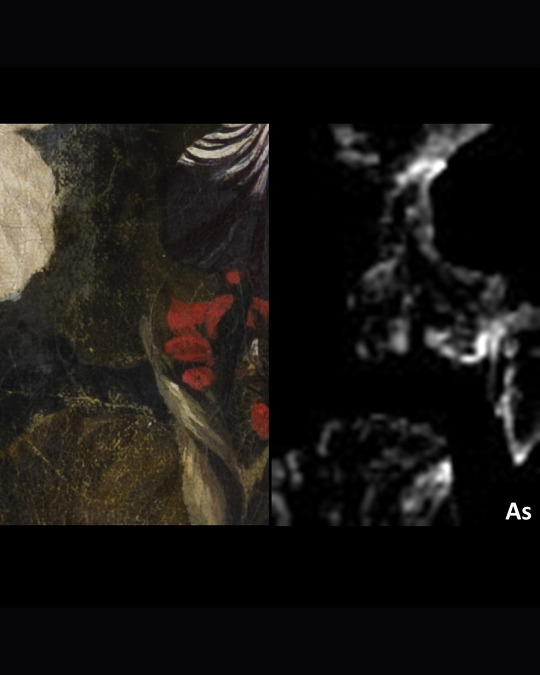
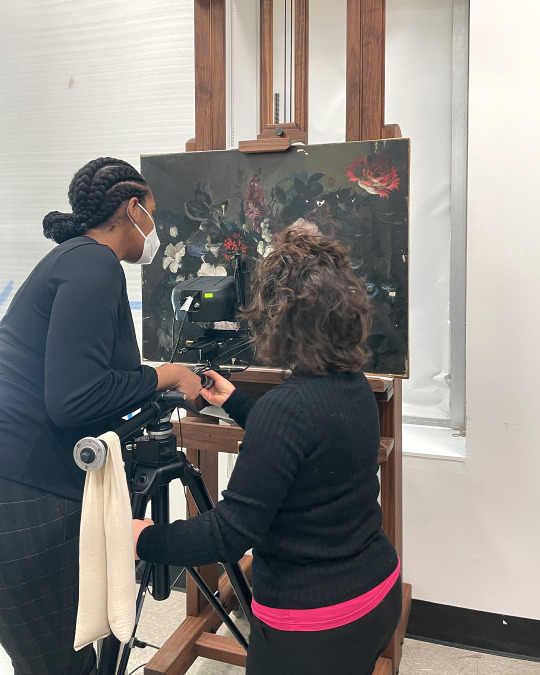
Meanwhile in the Conservation Lab at the Brooklyn Museum… 🌼🔬
The Brooklyn Museum paintings conservators welcomed scientists from the Met’s the Network Initiative for Conservation Science (NICS) to assist with a long-term treatment of a work in the Brooklyn Museum's collection by Mary Moser, a celebrated 18th century artist and one of the only two female founding members of the Royal Academy of Arts in London.
Over the course of two and a half days, we analyzed the pigments used by Moser in this painting using a portable X-ray fluorescence scanning system, which allows us to visualize the distribution of chemical elements on an artwork surface without the need to remove a sample. Here you can see the set-up for this scanning process as well as the distribution of arsenic in a yellow flower from the still life painting, which likely indicates the use of the arsenic-based pigment orpiment.
🖼️ Mary Moser (English, 1744-1819). Vase of Flowers, ca. 1780. Oil on canvas. Brooklyn Museum, Gift of Mr. and Mrs. Daniel L. Silberberg, 64.92.5 (Photo: Brooklyn Museum). → Courtesy of Ellen Nigro → Elemental map courtesy of NICS
#Brooklyn Museum#brooklyn#museum#art#Mary Moser#BkMEuropeanArt#painting#bkmconservation#art conservation#conservation#painting conservation#TheDailyNICS#Royal Academy of Arts
26 notes
·
View notes
Text
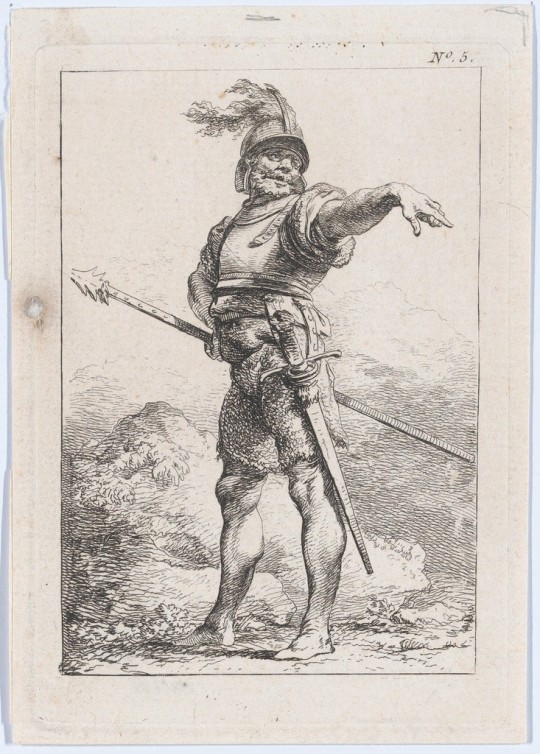
Standing Officer Holding a Lance (1755-1771) - Phillipe Jacques de Loutherbourg. Etching.

Joseph Nollekens (1770-1771) - Mary Moser. Oil on Canvas.
#you know#historical art#art history#historical paintings#mary moser#phillipe jaques de loutherbourg#etching#oil painting#historical drawings#historical drawing#18th century art#human subject#portraiture
3 notes
·
View notes
Text

'Carnation, Lily, Rose' - suffrage banner honouring Mary Moser, 1908
This banner was used in Jun 1908 National Union of Women's Suffrage Societies (NUWSS) Procession
Mary Moser and Angelica Kaufmann were among the founding members of the Royal Academy of Arts (RA). It may come as a surprise that when the Royal Academy was founded in 1768, there were two women among the 34 original Members – fairly progressive by eighteenth-century standards. Angelica Kauffmann (1741–1807) and Mary Moser (1744–1819) were both painters, Moser specialising in portrait and floral paintings and Kauffmann focusing on historical and allegorical subjects. And after Mary's death in 1819, it was over a century before a female Academician was elected.
1 note
·
View note
Text

0 notes
Photo
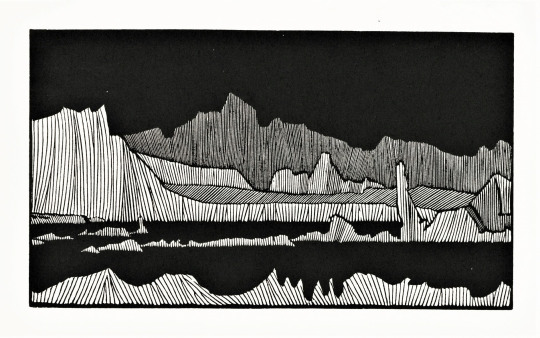







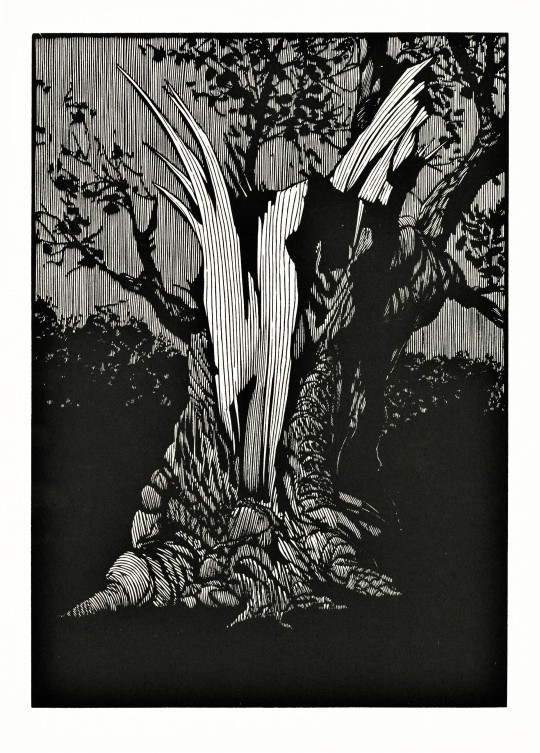
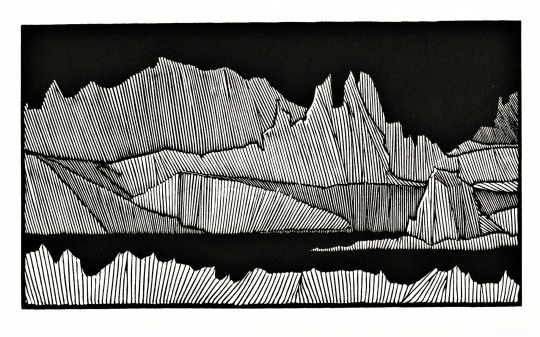
A Moser New Year’s Eve
We close out 2022 with these somber wood-engraved landscapes separated by images of icebergs by noted wood engraver, book designer, and fine-press publisher Barry Moser from his 1983 Pennyroyal Press edition of Mary Shelley’s Frankenstein, or, The Modern Prometheus, printed by master printer Harold McGrath in a limited edition of 350 copies. The original edition, of course, was published in London in 1818, and Moser’s production was based on a copy of that edition from Special Collections at the Smith College Library.
With its somber winter imagery and our own penchant for wood engravings (18% of our posts for 2022 have wood engravings), we thought this was an appropriate way to ring out the old and ring in the new, as our graduate intern Olivia is currently working on a major exhibition of Barry Moser’s work to open in February 2023. Our copy of the Pennyroyal Frankenstein is another gift from our friend Jerry Buff.
We wish you all a safe and festive passage into the New Year!
View more posts on work by Barry Moser.
View posts from New Year’s Eves past.
View more posts with wood engravings!
#New Year's Eve#holidays#Barry Moser#Frakenstein#Pennyroyal Press#Mary Shelley#Harold McGrath#wood engravings#wood engravers#fine press books#Pioneer Valley School#Jerry Buff
221 notes
·
View notes
Photo
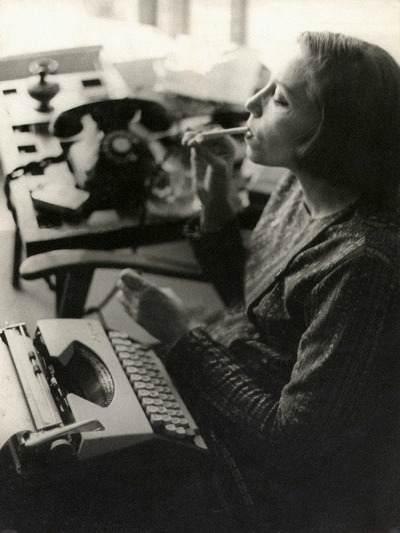
La escritora francesa Hélène Cixous declaró que Clarice Lispector era lo que Kafka habría sido de ser mujer, o «si Rilke hubiera sido un judío brasileño nacido en Ucrania. Si Rimbaud hubiera sido madre, si hubiera alcanzado los cincuenta. Si Heidegger hubiera podido dejar de ser alemán». Los intentos para describir a esta mujer indescriptible a menudo siguen esta línea, apoyándose en superlativos, aunque los que la conocían, bien en persona o por sus libros, también insisten en que el aspecto más llamativo de su personalidad, su aura de misterio, escapa a la descripción. Cuando murió, el poeta Drummond de Andrade escribió: «Clarice procedía de un misterio / y regresó a otro» . Su aire indescifrable fascinaba y desasosegaba a todo el que la conocía.
Después de su muerte, un amigo escribió que «Clarice era una extraña sobre la tierra, atravesando el mundo como si hubiera llegado a altas horas de la noche a una ciudad desconocida entre una huelga general de transporte» .
- Benjamin Moser, Por qué este mundo Una biografía de Clarice Lispector. Siruela. Traducción del inglés de Cristina Sánchez-Andrade
47 notes
·
View notes
Text
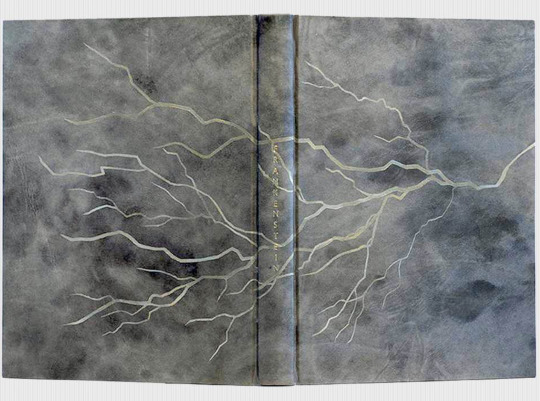
FRANKENSTEIN, OR, THE MODERN PROMETHEUS by Mary Wollstonecraft Shelley. (Berkeley: University of California Press, 1984) Illustrated by Barry Moser. Art binding by Karen Hammer.



Karen Hammer’s work is included in collections ranging from the Tate Britain and the Library of Congress to UCLA and Graceland.
#beautiful books#illustrated books#vintage books#books books books#book cover#books#book blog#frankenstein#mary shelley#barry moser#art binding#book binding
97 notes
·
View notes
Text
Letters From Watson Liveblog - Nov. 13
The Disappearance of Lady Frances Carfax, Part 1 of 3

Feels like it's been some time since a story has began with the fun little back and forths between Holmes and Watson about the former's deductions.

That's a very good metaphor to describe the situation. Also, the way Holmes talks about it makes it seem like the disappearance of rich, solitary, traveling women was a common occurrence back then. Maybe it still is actually, I don't know.

Nothing better than following a paper trail. Bank records, receipts, letters, etc., are always a good clue.

I always appreciate when Watson gets to work alone and show off his own investigative skills. He's no Holmes obviously, but it's interesting to see what he's learned from him.

Well, let's not get too hasty Watson, what you have so far seems very surface level. Where's the tiny, seemingly insignificant details that will be revealed to have a rather large role in the mystery? Where's the individual quirks characteristic of different peoples? Where's the dirt analysis?

See! Dr. Shlessinger's left ear is probably the key to the whole mystery! It's probably distinctive to some famous criminal or has an earring that's actually a famous diamond or something!

Is the maid going to be okay? This guy just attacked Watson angrily, got attacked himself, so I don't think he'll be in a good mood when confronting the maid.

Alright, I guess the maid's on her own. Also, a Holmes disguise! We also haven't seen one of those in a while. How neat.
Part 1 - Part 2 - Part 3
#letters from watson#the disappearance of lady frances carfax#sherlock holmes#john h watson#lady frances carfax#miss dobney#marie devine#monsieur moser#jules vibart#dr shlessinger#mrs shlessinger#arthur conan doyle#liveblogging sherlock holmes
6 notes
·
View notes
Text


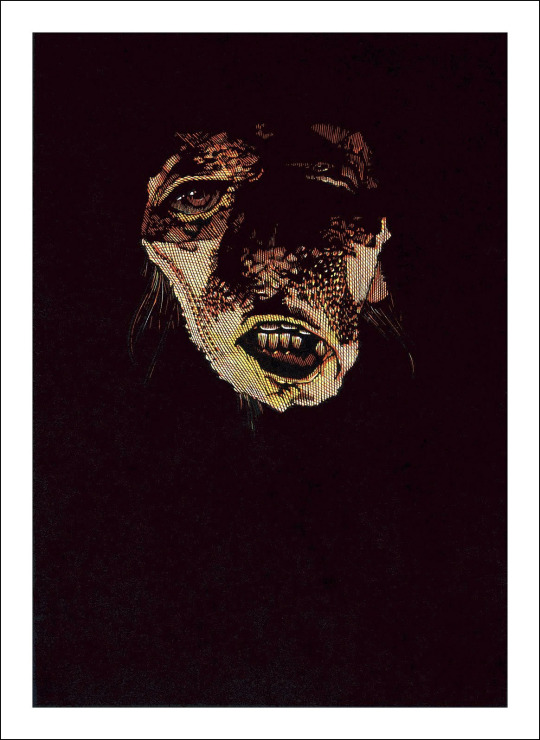



Mary Shelley's FRANKENSTEIN, illustrated by Barry Moser.
#frankenstein#victor frankenstein#frankenstein's creature#frankenstein's monster#elizabeth lavenza#there's a lot more of these i just selected a fraction to post#anyways sidney back again to post illustrations from 'stein editions you probably havent heard of. give it up for autism
365 notes
·
View notes
Text


Marie Claire Italy, 1991.
Photographed by Christian Moser.
Model: Lynn Schauwecker.
#oh i love the blue hitting her eye...#lynn schauwecker#christian moser#1991#1990s#fashion photography#lighting#fave pics
67 notes
·
View notes

